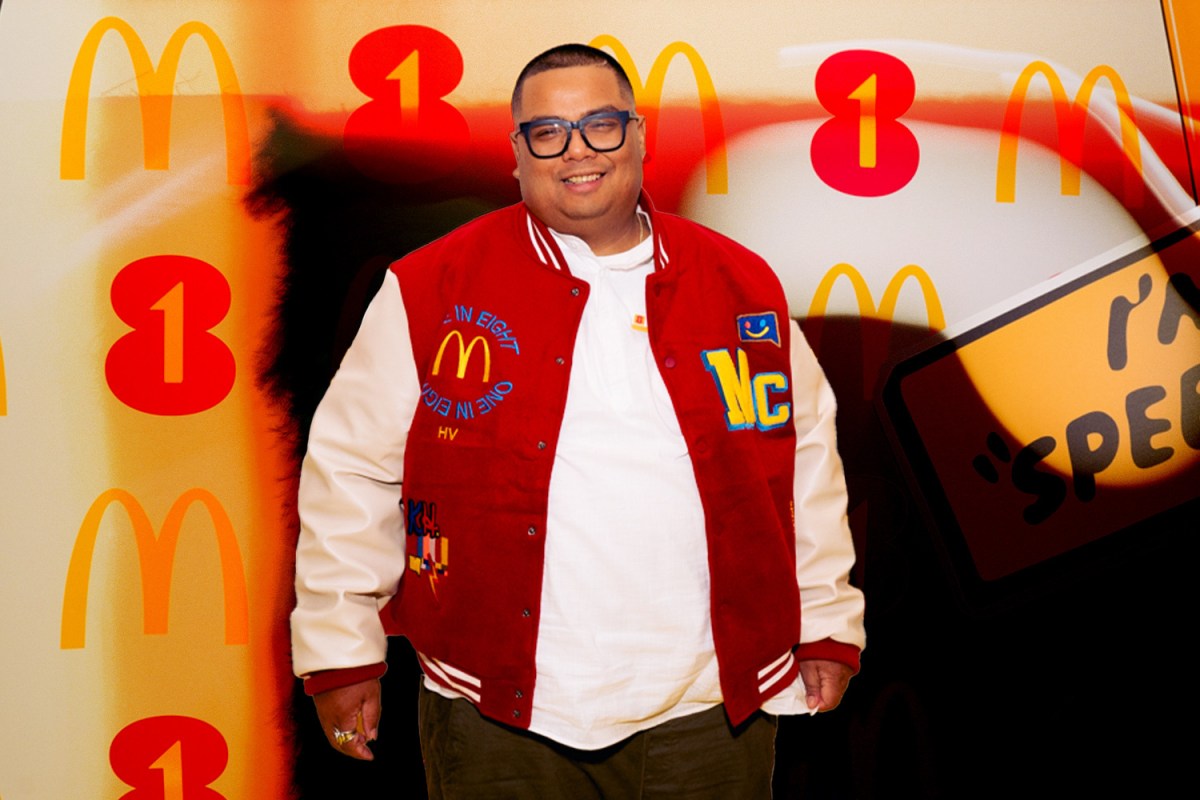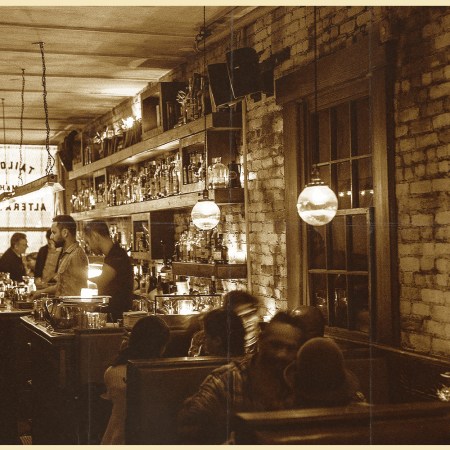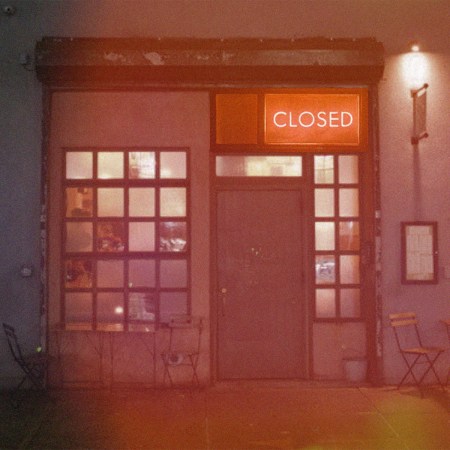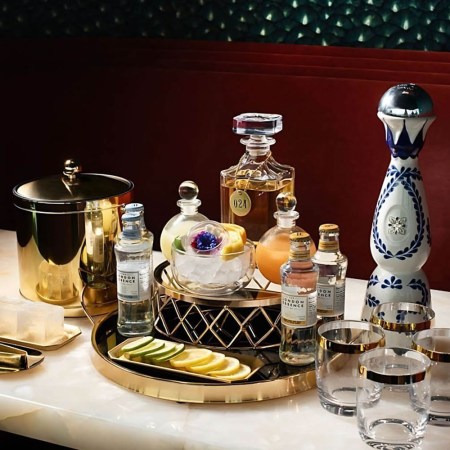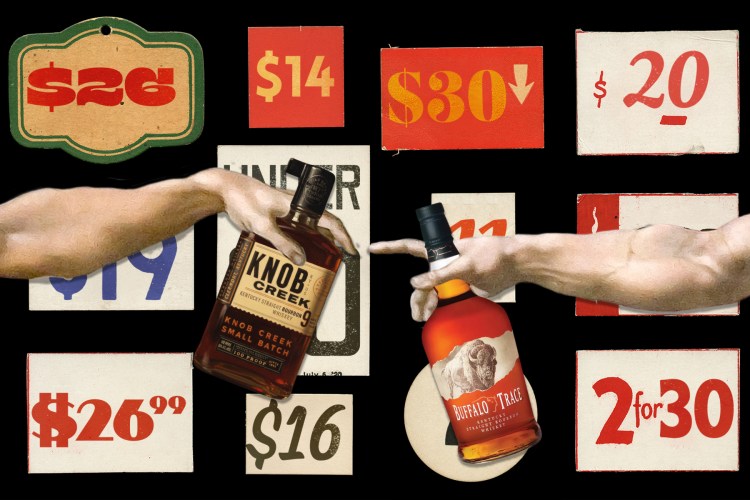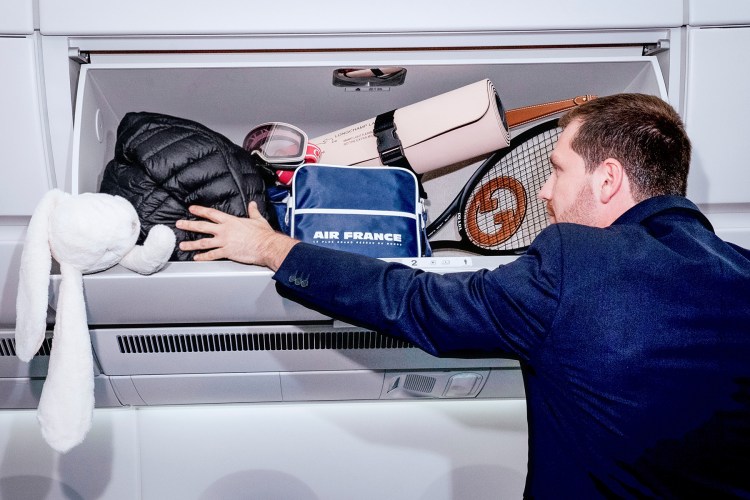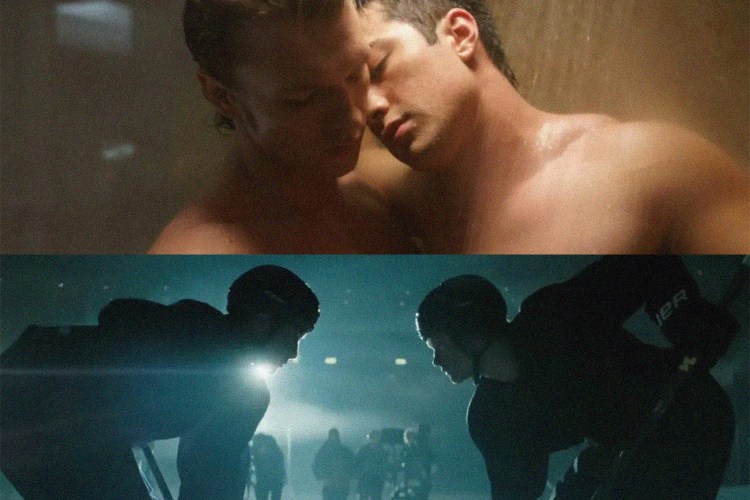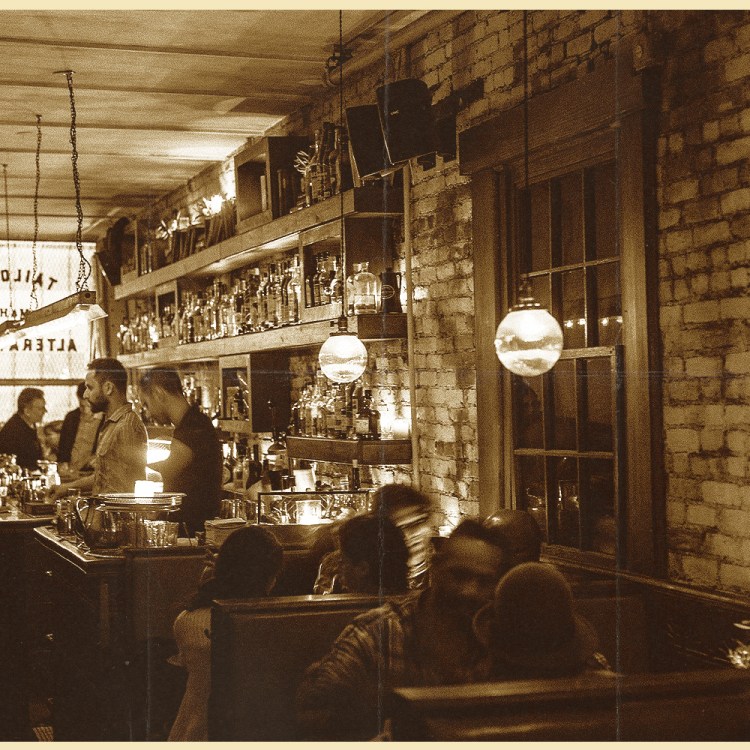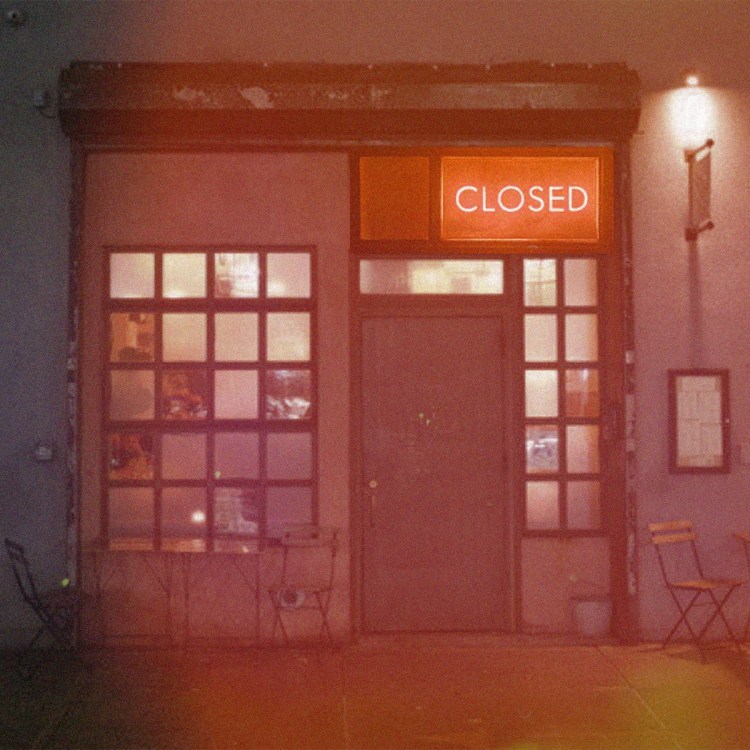Out of all the recipes that residents of the United States know by heart, there is perhaps none more embedded in the American psyche than the proper ingredients for the U.S. population’s preferred hamburger: two all-beef patties, special sauce, lettuce, cheese, pickles, onions on a sesame seed bun.
Chef Harold Villarosa, who began his culinary career working at a McDonald’s in New York City in 1999 at the age of 15, has the recipe for making a Big Mac memorized. He still enjoys whipping one together today, even after having worked his way up from the fast-food joint in Midtown Manhattan to Michelin-starred restaurants including Noma, Per Se and Bâtard.
Villarosa, who counts himself as one of the 1-in-8 Americans who have worked at McDonald’s (according to Eric Schlosser’s Fast Food Nation), has taken his culinary skills around the world, but he’s never lost his love for the Golden Arches.
Speaking with InsideHook, Villarosa explains why.
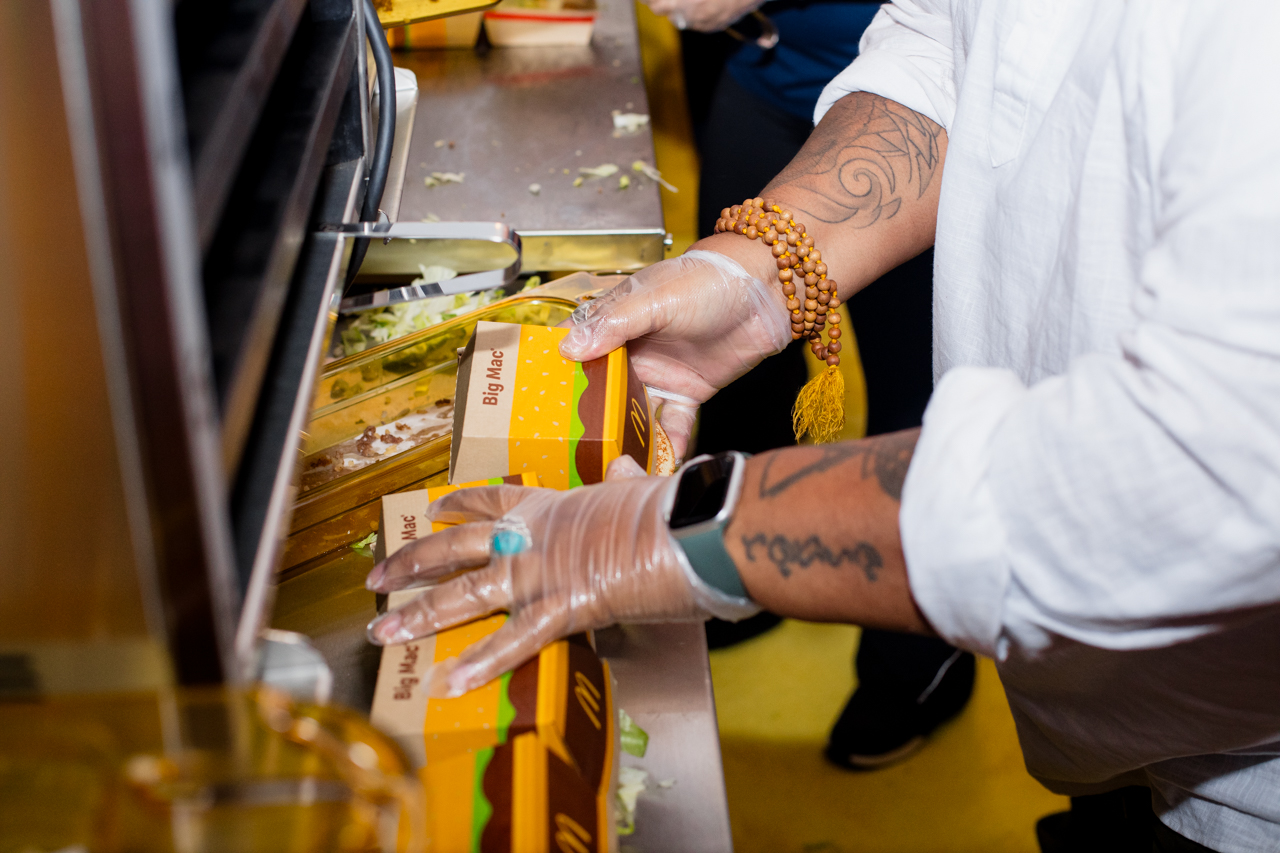
InsideHook: How did starting at McDonald’s influence where your culinary career went afterward?
Harold Villarosa: I’d never worked in the restaurant business and being able to see the ins and outs of how to run a restaurant really intrigued me. Some of the people who worked at the restaurant were great friends and I learned a lot about other cultures. Those things really translated into the next steps for me. It gave me a leg up going into a space I’d never been before.
Given the location in Midtown, I’m guessing that must have been a very busy place to work.
It was surrounded by a TGI Fridays, a sneaker store, a movie theater, an Auntie Anne’s and Krispy Kreme was just down the block. McDonald’s was the epicenter of all these people coming on their lunch breaks. The best part about the restaurant business is if you hook somebody up, they’ll hook it up in return. That was my barter system. It was awesome for me to be getting free movie tickets as a 15-year-old. It was really awesome being on 34th Street. We had to keep pumping food out and it was intense. The lines would go all the way out the door.
How did what you learned working at McDonald’s translate to working at Michelin-starred restaurants?
You learn all the kitchen nuances at McDonald’s. When you mop the floor, you need to put a wet floor sign down. You learn all the health department codes, those things. Once I got into a real restaurant kitchen, I already knew those things. Being able to understand the customer is also front-facing at McDonald’s. Once you become a chef, you have to go out there and speak to clients, kiss babies and shake hands. I worked on that while I was working at McDonald’s because someone could come in and be crazy. You had to stay even-keeled, diagnose the situation, lessen the stress and then just give the customer what they wanted.
How to Be Happy, According to a Michelin-Starred Chef
Tom Aikens talks morning routine, Tokyo and the joys of roast chickenDo you think the country would be a better place if everyone had to work in food service at some point?
Yeah. I think it creates empathy and also creates a work ethic that can translate into any industry. Working in the food industry, you get a chance to meet different types of people and go through life experiences with them. I think that really helps and creates a community. Some of my best friends to this day have worked in the restaurants that I’ve worked in.
What’s the difference between working in a McDonald’s kitchen and working in a Michelin-star kitchen?
I think there’s really no big difference. Everybody’s making money, you know? If people understand the power of labor and food costs, it’s all the same. Think about it. I learned that at McDonald’s. There’s a university you go to in order to be a manager. These guys had their system in place and I think it translated easily to a Michelin-starred space. It was an easy translation and I live in a kitchen, so I loved it.
Does that one-in-eight statistic ring true to you?
Yes, I think so. I’ve met a lot of people in my industry who worked at McDonald’s and it’s funny how we just have that connective tissue. I also use that against people when they talk about going to the Culinary Institute of America and all this. How does it feel to stand next to a guy who offers sheer hard work and will, worked at McDonald’s and is right next to you? They get really pissed off.
Every Thursday, our resident experts see to it that you’re up to date on the latest from the world of drinks. Trend reports, bottle reviews, cocktail recipes and more. Sign up for THE SPILL now.
